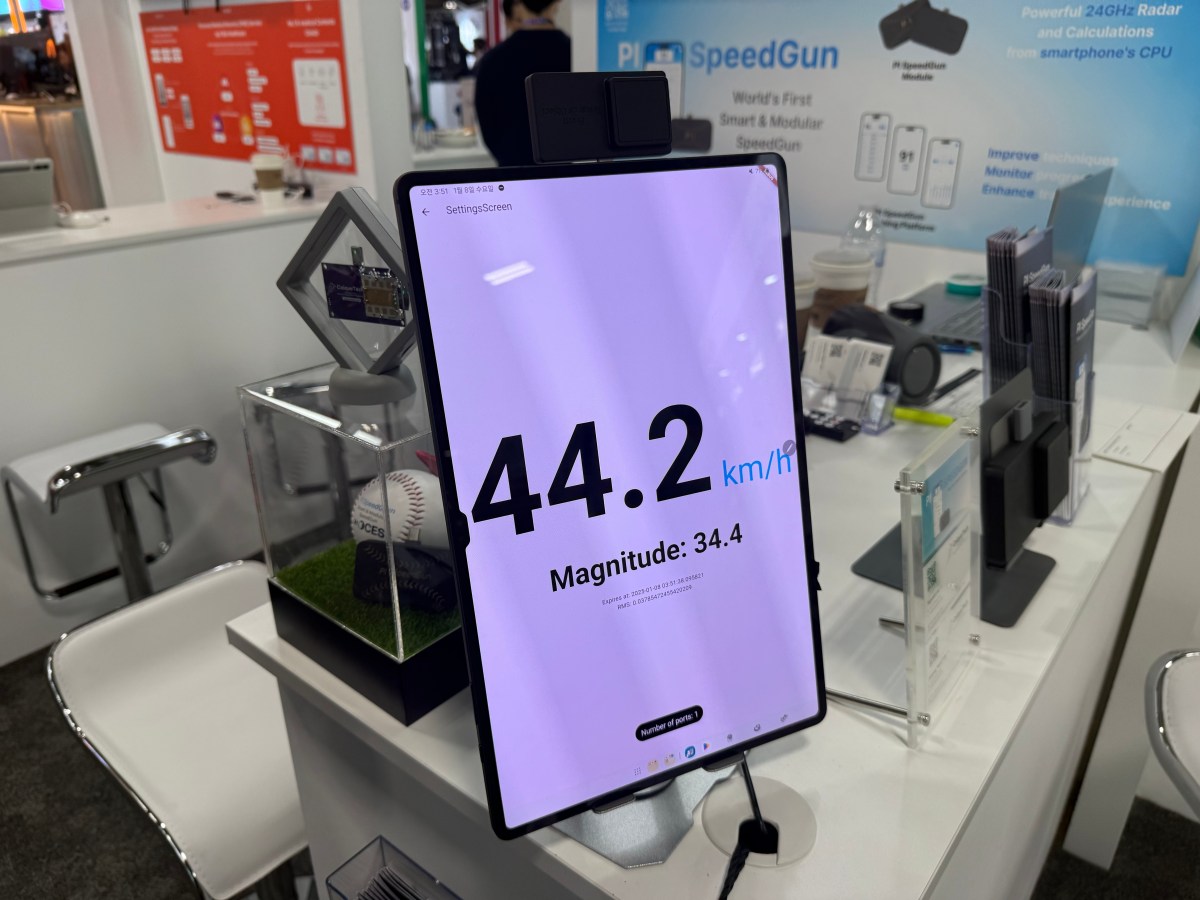Rongchai Wang
Dec 15, 2024 02:19
Warp 1.5.0 launches tile-based programming in Python, leveraging cuBLASDx and cuFFTDx for efficient GPU operations, significantly improving performance in scientific computing and simulation.

The latest release of Warp 1.5.0 introduces tile-based programming primitives that promise to enhance GPU efficiency and productivity. According to NVIDIA, the new tools, leveraging cuBLASDx and cuFFTDx, enable efficient matrix multiplication and Fourier transforms within Python kernels. This advancement is particularly significant for accelerated simulation and scientific computing.
GPU Programming Evolution
Over the past decade, GPU hardware has transitioned from a purely SIMT (Single Instruction, Multiple Threads) execution model to one that relies heavily on cooperative operations, enhancing efficiency. As Tensor Core math units become integral to GPU compute, programming them efficiently is crucial. Traditional high-level APIs like BLAS, while offering broad abstractions, often fall short in integration and efficiency when interfacing with user programs.
Tile-Based Programming in Warp
Tile-based programming models, such as those introduced in Warp 1.5.0, allow developers to express operations on tiles that multiple threads can execute cooperatively. This model extends Warp’s kernel-based programming to include tile-based operations, enabling a seamless transition from SIMT to tile-based execution. It reduces the need for manual indexing and shared memory management while supporting auto-differentiation for training.
Warp Tile Primitives
Warp’s new tile primitives include operations for construction, load/store, linear algebra, and map/reduce. These primitives naturally extend Warp’s existing kernel-based programming model. Tiles can be constructed inside Warp kernels using NumPy-style operations, allowing for efficient management of data across CUDA blocks.
Enhanced Matrix Multiplication
One of the key benefits of tile-based programming is the ability to perform cooperative matrix multiplication. Warp 1.5.0 introduces the wp.tile_matmul() primitive, which leverages cuBLASDx to dispatch appropriate Tensor Core MMA instructions for optimal performance. This advancement allows for significant performance improvements, achieving approximately 70–80% of cuBLAS performance for larger matrices.
Case Studies and Applications
Tile-based programming in Warp is highly beneficial for applications requiring dense linear algebra, such as robotic simulation and signal processing. For instance, in robotic simulation, Warp’s tile primitives can efficiently compute matrix products required for forward dynamics, outperforming traditional frameworks like Torch by reducing global memory roundtrips and launch overhead.
Future Developments
Future versions of Warp and MathDx will include additional support for row-wise reduction operators, tile creation from lambda functions, improved GEMM operations performance, and new linear algebra primitives. These enhancements will continue to optimize GPU programming efficiency.
For more details, visit the official NVIDIA blog.
Image source: Shutterstock
Source: https://blockchain.news/news/warp-1-5-0-introduces-tile-based-programming








Leave a Comment